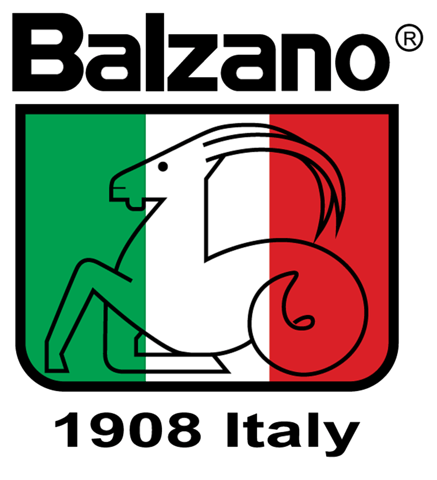THE ART OF PIZZA DOUGH: A WHOLE GUIDE FOR IDEAL DOUGH

Pizza, a beloved culinary delight enjoyed by people worldwide, owes its scrumptiousness to one crucial element: the dough. A well-prepared pizza dough is the foundation for a perfect pie. But how can you tell if your pizza dough is ready? In this blog, we will explore various techniques and indicators to help you determine the readiness of your pizza dough, ensuring a delectable result every time.
Understanding the Dough's Texture
The texture of pizza dough provides valuable insights into its readiness. Begin by assessing the dough's overall consistency. Properly developed dough should be smooth, elastic, and slightly tacky to the touch. It should be pliable enough to stretch without tearing but not overly sticky. Gently press your finger into the dough— if it springs back slowly and retains the indentation, it is a positive indication of a well-developed dough.
The Windowpane Test
The windowpane test is a reliable method for assessing gluten development in pizza dough. Take a small piece of dough and gently stretch it outwards. If the dough stretches into a thin, translucent membrane without tearing, it demonstrates good gluten development, indicating that the dough is ready for the next steps.
The Finger Poke Test
Another simple yet effective test is the finger poke test. Press your finger lightly into the dough, about an inch deep. If the dough springs back immediately, it is not ready and requires more proofing time. However, if the indentation remains and slowly fills back in, the dough has reached its desired readiness.
Time and Temperature Considerations
Time and temperature play significant roles in the fermentation process of pizza dough. A longer fermentation time at a lower temperature allows the dough to develop complex flavors while promoting gluten formation. The dough is typically ready when it has visibly risen, nearly doubling in size, and has a bubbly appearance. Remember that ambient temperature and recipe variations may require adjustments to the expected rise time.
Yeast Activity and Aroma
Yeast is responsible for the dough's rise, and its activity can serve as a reliable indicator of readiness. Active yeast produces small bubbles on the dough's surface, demonstrating fermentation. Additionally, a pleasant aroma, reminiscent of fresh bread or yeast, indicates that the dough is actively fermenting and nearing readiness.
Taste Testing
While not a foolproof method during the early stages of dough preparation, a small taste test can provide useful insights. Take a small piece of the dough and taste it. Well-developed dough will have a slightly tangy flavor, indicating fermentation and the formation of complex flavors. If the taste is bland or overly yeasty, the dough may need additional proofing time.
Visual Cues
Visual cues can be excellent indicators of dough readiness. Look for a noticeable increase in volume as the dough rises. It should appear puffy and airy, with a smooth surface. A properly proofed dough will have a golden brown color and exhibit visible air pockets throughout.
Ready to elevate your pizza-making game? Explore the range of Balzano Appliances and bring professional-quality dough preparation into your kitchen. With their innovative features and user-friendly design, you can take the guesswork out of dough rhttps://www.facebook.com/BalzanoINeadiness and enjoy the satisfaction of crafting delicious homemade pizzas. Visit the Balzano website today and embark on a culinary adventure that will impress your taste buds and delight your family and friends.
Leave a Comment
Popular Posts
Est. in 1908 in Italy, Balzano has evolved as a quality brand over last 110+ years. With Italian craftsmanship and Italian design team we wish to fill our customers life with healthy living, style and convenience globally.
MATRIX TRADE CONNECT LLP
Paradise cinema, 1ST Floor, Plot 305, Delta Apt, LJ Road,
Mahim West, Mumbai,
Maharashtra 400016
IN





0 Comment